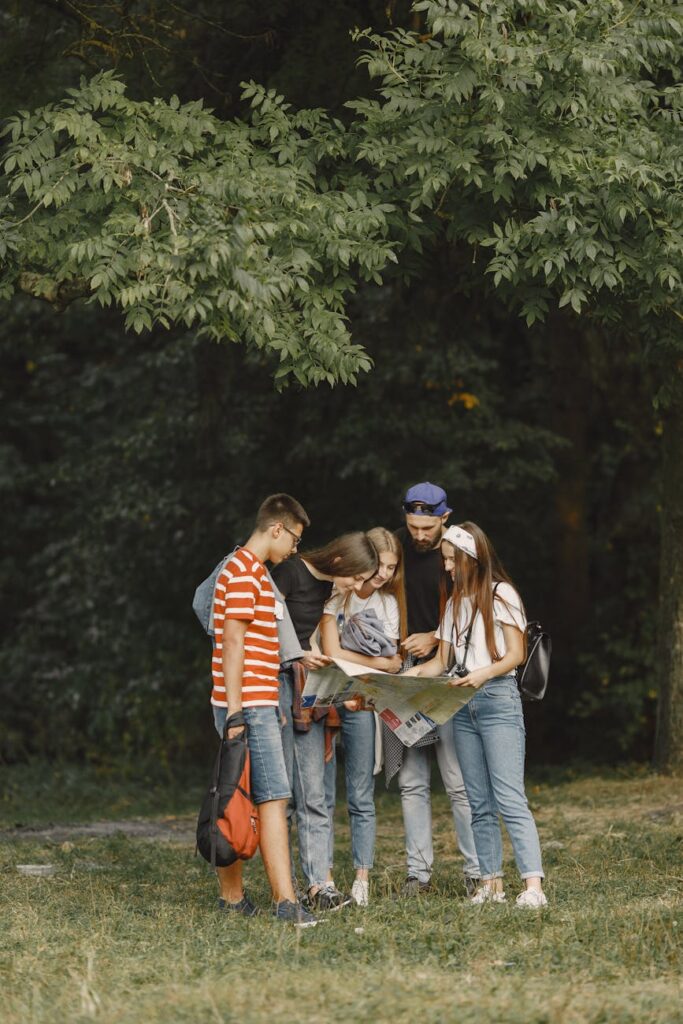Himalayan treks offer an unparalleled adventure experience for American travelers dreaming of conquering some of the world’s most spectacular mountain trails. The Himalayas provide breathtaking scenery, rich cultural immersion, and the thrill of high-altitude adventure. This comprehensive guide from Himalayan Trek will help US travelers plan their ultimate Himalayan trekking expedition.
Why Choose Himalayan Treks for Your Next Adventure?
The Himalayan mountain range spans over 1,500 miles across five countries, offering diverse trekking routes suitable for everyone from beginners to experienced mountaineers. For American travelers seeking authentic adventure beyond typical vacation spots, Himalayan treks provide:
- Stunning landscapes featuring snow-capped peaks, pristine valleys, and ancient forests
- Cultural experiences in remote villages with traditional Buddhist and Hindu communities
- Physical challenges that test your limits while rewarding you with incredible achievement
- Opportunities to disconnect from modern life and reconnect with nature
Top Himalayan Treks for US Travelers
Everest Base Camp Trek, Nepal
The crown jewel of Himalayan trekking, the Everest Base Camp (EBC) trek is a bucket-list adventure for American trekkers. This 12-14 day journey takes you to the base of the world’s tallest mountain at 17,600 feet. The trek begins with a thrilling flight to Lukla and winds through Sherpa villages, suspension bridges, and Buddhist monasteries.
Best time to visit: March-May and September-November
Difficulty: Moderate to challenging
Permits required: Sagarmatha National Park entry permit and TIMS card
Annapurna Circuit Trek, Nepal
Considered one of the world’s best long-distance treks, the Annapurna Circuit offers incredible diversity. This 15-20 day adventure showcases subtropical forests, alpine meadows, desert-like landscapes, and stunning mountain vistas. The highlight is crossing Thorong La Pass at 17,769 feet.
Best time to visit: March-May and October-November
Difficulty: Moderate to challenging
Highlight: Diverse landscapes and cultural experiences
Manaslu Circuit Trek, Nepal
For Americans seeking a less crowded alternative to Everest and Annapurna, the Manaslu Circuit delivers authentic wilderness experiences. This restricted area trek circles the world’s eighth-highest mountain and offers pristine natural beauty with fewer tourists.
Best time to visit: September-November and March-May
Difficulty: Challenging
Special note: Requires special restricted area permit
Essential Planning Tips for Your Himalayan Treks
Visa and Permits
For Himalayan treks, US citizens can obtain tourist visas on arrival in Nepal or apply online in advance through the Nepal Immigration website. Most treks require additional permits including TIMS cards and national park entry permits. Budget $50-100 for standard permits, with restricted area permits costing more.

Physical Preparation
Before embarking on Himalayan treks, start training 2-3 months in advance. Focus on cardiovascular endurance through hiking, running, and stair climbing. Include strength training for legs and core. Practice hiking with a weighted backpack to simulate trek conditions.
Acclimatization and Altitude Sickness
Altitude sickness is a serious concern for American trekkers unaccustomed to high elevations. Follow these guidelines:
- Ascend gradually and include rest days for acclimatization
- Stay hydrated by drinking 3-4 liters of water daily
- Recognize symptoms early: headaches, nausea, dizziness, and fatigue
- Consider taking Diamox after consulting your doctor
- Never ascend if experiencing severe symptoms
Packing Essentials
Layered clothing system (base layers, insulation, waterproof outer layer)
Quality hiking boots broken in before your trip
Sleeping bag rated for cold temperatures
Trekking poles for stability
Water purification tablets or filter
First-aid kit with altitude sickness medication
Power bank and solar charger
Cash in local currency (ATMs are limited)
Best Time to Trek
The ideal trekking seasons are:
Fall (September-November): Clear skies, stable weather, and excellent mountain views
Spring (March-May): Warmer temperatures, blooming rhododendrons, and good visibility
Avoid monsoon season (June-August) due to heavy rainfall and winter months (December-February) unless you’re experienced with extreme cold conditions.
Budget Considerations for American Trekkers
Himalayan trekking is remarkably affordable compared to adventures in the US:
- Teahouse trekking: $30-50 per day (accommodation, meals, permits)
- Guided group treks: $1,000-2,000 for 2-week treks
- International flights from US: $700-1,500 round trip
- Travel insurance with evacuation coverage: $100-200
Making Your Himalayan Dream a Reality
Himalayan trekking offers American adventurers an unmatched opportunity to challenge themselves physically while experiencing some of Earth’s most magnificent landscapes. Whether you choose the iconic Everest Base Camp, the diverse Annapurna Circuit, or the remote Manaslu region, proper planning and preparation will ensure your trek becomes the adventure of a lifetime.
Start researching your preferred route on the official Nepal Tourism Board website (https://welcomenepal.com), book your flights 3-4 months in advance for better rates, and check the Himalayan Database (http://www.himalayandatabase.com) for trek information. Begin your physical training today. The mountains are calling, and the memories you’ll create in the Himalayas will last forever. Your epic adventure awaits!